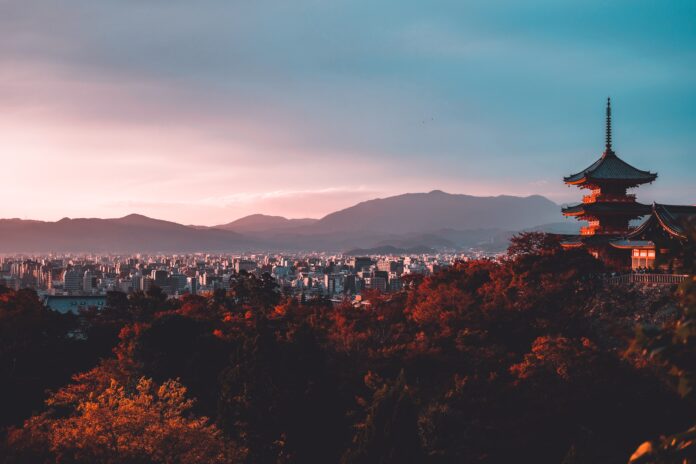Introduction
Emperor Naruhito has held the ceremonial role as the leader of Japan since May 1, 2019, following the abdication of his father, Emperor Akihito. While Japan is a constitutional monarchy, Emperor Naruhito’s position is largely symbolic and devoid of political power. Nevertheless, his role as the symbol of the state holds significant cultural and historical importance for the nation. In this article, we will explore the role of Emperor Naruhito as the ceremonial leader of Japan and the profound impact he has on the country’s identity and traditions.
The Role of the Emperor in Japanese Society
Japan’s imperial family has an incredibly long and storied history, with roots dating back more than a millennium. Traditionally, emperors in Japan were revered as deities, and their roles were far more political and influential. However, with the post-World War II constitution adopted in 1947, the emperor’s role was redefined to become entirely symbolic and ceremonial.
Emperor Naruhito’s role is outlined in the Japanese constitution as “the symbol of the State and of the unity of the people.” This means he represents the continuity of the Japanese state and its people, but he has no governing power. Instead, Japan’s government is headed by elected officials, with the Prime Minister as the head of government. This separation of political and ceremonial powers is a key feature of modern Japan’s political landscape.
Cultural Significance of the Emperor
While Emperor Naruhito’s political influence is non-existent, his cultural significance remains immeasurable. He plays a pivotal role in various national events and ceremonies that uphold Japan’s traditions and customs. These events include the Emperor’s birthday, the New Year’s greeting, and the Shinto enthronement ceremony. The enthronement ceremony, in particular, is a significant event that symbolizes the emperor’s ascension to the throne and his role as the symbol of Japan.
Moreover, Emperor Naruhito and Empress Masako engage in various public and cultural activities, representing Japan both domestically and internationally. They promote Japanese culture and engage in diplomatic activities, fostering goodwill with other nations.
Preservation of Tradition
One of the essential aspects of Emperor Naruhito’s role is the preservation of Japan’s rich cultural heritage. He participates in traditional ceremonies, such as the Niinamesai (Harvest Festival) and the Shūgōsai (ceremony to announce the new era name), which are deeply rooted in Japan’s history and Shinto religious practices.
Emperor Naruhito also engages in activities that promote traditional Japanese arts and crafts, ensuring they are passed down to future generations. By doing so, he plays a vital role in maintaining Japan’s unique cultural identity.
The Emperor’s Relevance in the Modern Era
In a rapidly changing world, some may question the relevance of a ceremonial leader like Emperor Naruhito. However, it’s important to recognize that the emperor serves as a unifying symbol for the Japanese people. In times of national celebration, crisis, or mourning, the emperor’s presence provides a sense of continuity and stability.
Additionally, the imperial family enjoys widespread respect and admiration from the Japanese populace. They represent a link to Japan’s ancient history and embody the nation’s values and traditions, which continue to play a significant role in modern Japanese society.
Emperor Naruhito’s role as the ceremonial leader of Japan is a testament to the country’s ability to blend tradition with modernity. While he holds no political power, his role as the symbol of the state and the unity of the people is of great cultural and historical importance. Emperor Naruhito and Empress Masako continue to carry out their duties with grace and dedication, preserving Japan’s rich cultural heritage and fostering a sense of unity among the Japanese people. In this way, they ensure that Japan’s traditions and identity endure in the ever-changing landscape of the modern world.
Photo by Su San Lee on Unsplash
Views: 41






